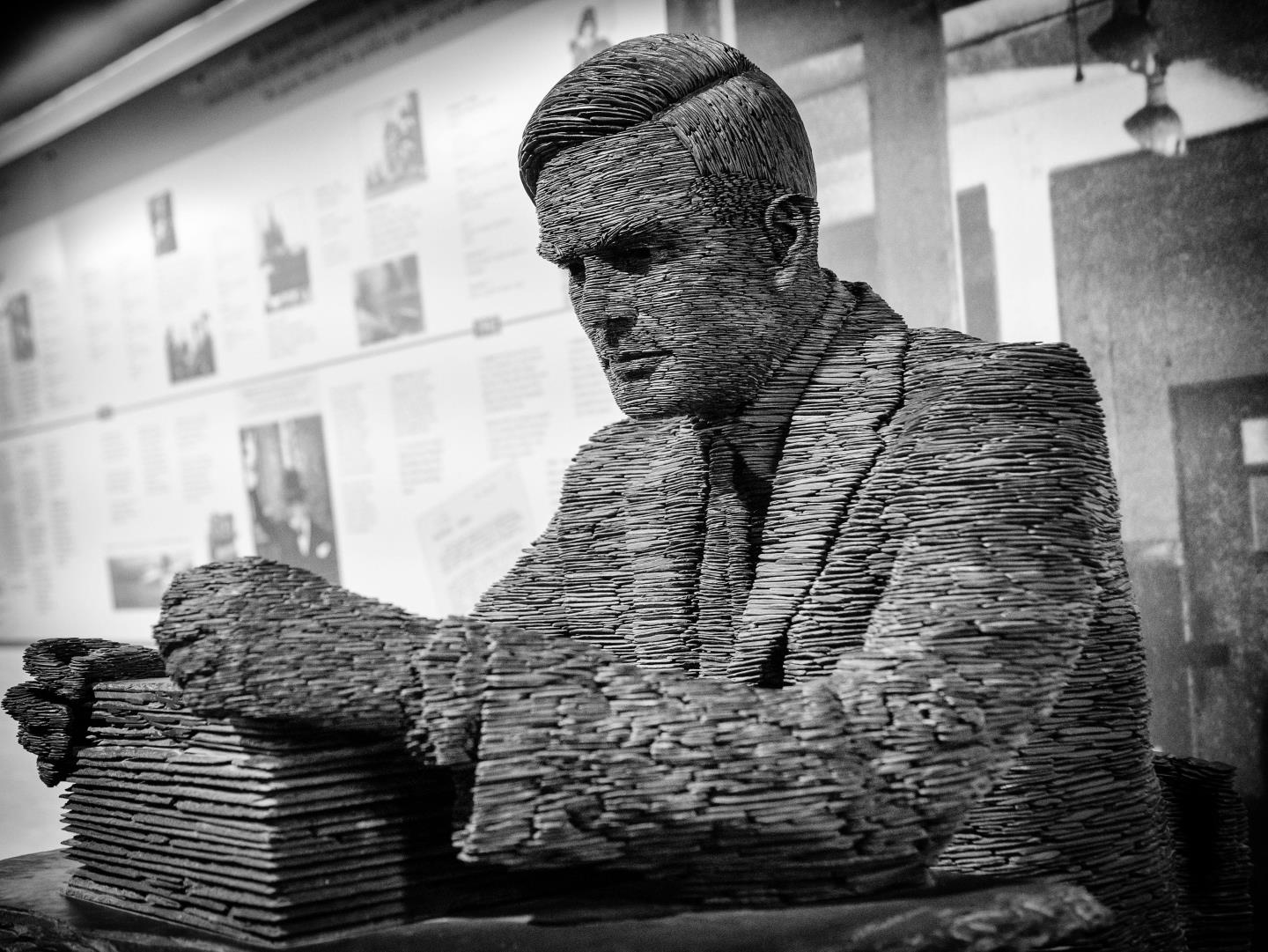Ask people to imagine a mathematician and they are most likely to picture a white-haired man standing at a blackboard – and Google Images won’t do much to correct that.
Well, I like to think I do not fit with those stereotypical images of mathematicians. I’m a blue-haired, female maths professor, and I love getting outside to look at how maths is all around us, in architecture, art and nature.
On October 1 and 2, I’m doing a guided walk around the University of Stirling campus as part of Maths Week Scotland. At events across the country, you can learn about the maths of fishing, the nation’s deep history at the forefront of the mathematical sciences, or even find an answer to the question of why golf balls have dimples. (The short answer is: maths. But there’s inevitably a bit more to it than that!)

Whether it’s solving a paradox involving numbers or concepts most of us can’t really comprehend, or saving the world – Alan Turing’s work with prime numbers looked entirely theoretical until his line of thinking led him to crack the Enigma code and hasten the end of the Second World War – studying mathematical sciences always has value. And, with the right encouragement and teaching, it’s accessible to all.
Maths Week Scotland is an excellent opportunity to make that point to society at large. And it comes at a particularly fitting moment, given that the UK Government failed again on Friday to come good on their pledge to provide extra funding.
Bad maths, and bad for maths
Back in January 2020, the Westminster administration pledged £300 million in additional money for the mathematical sciences. A lot has happened to the nation and its bank balance since, of course. But the value of maths has only been emphasised further. It was mathematics that drove the modelling of the Covid pandemic, and maths was vital to developing and rolling out vaccines.
The government has delivered £124 million of the promised funds. The rest is unaccounted for. That’s bad maths, and bad for maths.
The programmes of study that have been begun using the additional funding will yield results, even if we can’t tell yet where the impact will be. It could be the key to tackling the climate crisis, it could be the answer to clean and cheap energy, it could be quantum computing that unlocks new realms of knowledge.
The Protect Pure Maths campaign is determined to hold the government to account.
Maths matters, and maths’ missing millions must be forthcoming if Scotland and the UK are to remain at the forefront of the subject, of technology and of progress.
Professor Rachel Norman is president of the Edinburgh Mathematical Society and chair in food security and sustainability at the University of Stirling


Conversation